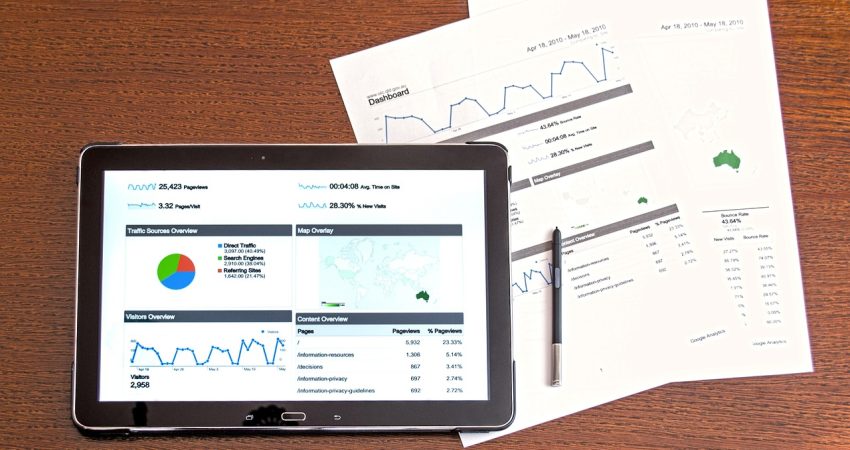
In this world of the new digital frontline, folks are being hit by more ads than ever before, emails, reminders and promotional stuff filling up their inbox channels. To really make an impact and hook their target audience, brands these days are really focusing hard on personalized marketing. In this day and age with so much choice available, especially online today, most people want something super personal, super tailored to be exactly what they like and not just something that’ll kind of stick around for a while.
Going after details instead of just going big and mainstream really seems to catch people’s attention these days. At the heart of this transformation is big data—a powerful tool that allows businesses to understand customer behavior, preferences, and needs on a granular level. By leveraging big data, companies can craft marketing strategies that resonate on a personal level, boosting engagement, loyalty, and conversions.
Understanding Big Data in Marketing
Big data refers to the vast volumes of structured and unstructured information generated from various sources such as websites, social media platforms, mobile apps, customer service interactions, and purchase histories. This data provides valuable insights into consumer behavior, enabling marketers to predict trends, segment audiences, and create tailored campaigns.
The three Vs—Volume, Velocity, and Variety—define big data. Guys who are in marketing definitely need to wade through lots and lots of data quick as a flash and from all over the place. That’s gotta be one of the toughest jobs out there. With advanced tools like machine learning algorithms and analytics platforms, this raw data is transformed into actionable insights.
Personalized Customer Experiences
Big data lets marketers rethink campaigns that are all the same and try to fit everyone with one approach. Instead, they can craft super-targeted messages that speak straight to people’s personal preferences. For example, if a customer frequently shops for eco-friendly products, a brand can highlight its sustainable offerings in email campaigns or display personalized product recommendations on the website.
Netflix and Amazon are fantastic illustrations of what big data can deliver. So companies use records of which things people like to watch or buy and they suggest new content or items that people are pretty likely to love that way. By doing this, they make the overall experience really exciting and special and it keeps people coming back. Personalization is a big part of it.
Predictive Analytics and Customer Behavior
Big data really lets us use predictive analytics, so that marketing teams can guess what people might do next based on what they’ve done before. So what these brands can do is really remind customers when they are about to run out of their favorites and also suggest services that really jive with where they are in life right now as well as their interests.
Predictive models can also help reduce churn. By spotting the patterns that usually signal a customer is about to bail, companies can head those situations off at the pass by providing them just the right offer that speaks to their needs timely manner, or offering the customer enhanced service quality.
Enhanced Segmentation and Targeting
Traditional customer segmentation puts people into big buckets based on broad things like age or just general location background. Big data really adds so much flavor by also incorporating layers of what people do (behaviors), what they buy (transactions), as well as what they seem to think or feel (psychographics).
It really lets us dig deeper and look at them more from a holistic view. By breaking into finer pieces and giving us different groups, marketers can make sure their messages are just for them and really hit home. This makes their points more relevant, and people engage with them more – that’s important to make them stop and listen and think rather than just brush them off.
For instance, an online retailer could send customized promotions to customers who abandoned their carts, offer discounts on birthdays, or suggest accessories for previous purchases—all thanks to detailed data insights.
Measuring Campaign Performance in Real Time
Another major benefit of big data is the ability to track and measure the performance of marketing campaigns in real-time. Marketers get instant insights into what’s happening, seeing firsthand which emails people open, which ads people click and respond to, and what kind of content really hits home. This allows for rapid optimization and improved ROI.


